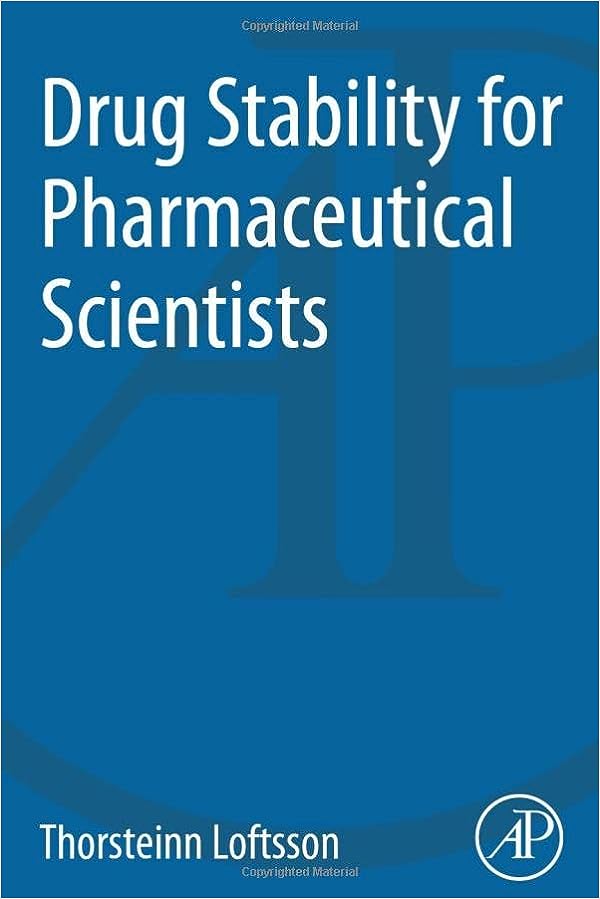StabilityStudies.in
Photostability Testing Procedure
Purpose
The purpose of this Standard Operating Procedure (SOP) is to establish the procedures for conducting photostability studies on drug substances and drug products. This ensures that the products are tested under controlled light conditions to determine their stability when exposed to light.
Scope
This SOP applies to all drug substances and drug products requiring photostability testing as part of stability studies within the facility.
Responsibilities
- Stability Manager: Oversee the photostability testing process and ensure compliance with this SOP.
- Laboratory Technicians: Perform photostability testing, document results, and report any deviations.
- Quality Assurance (QA) Team: Review and approve photostability protocols and reports.
Procedure
- Preparation:
- Develop a photostability testing protocol
according to ICH Q1B guidelines, outlining specific tests, light exposure conditions, and acceptance criteria.
Ensure all necessary equipment, including light sources, sensors, and sample holders, are available and calibrated.
Prepare control samples and cover them with aluminum foil to protect them from light exposure during the study.
Light Sources and Conditions:
Sample Exposure:
Post-Exposure Analysis:
Documentation and Reporting:
Record Keeping:
- Use a combination of cool white fluorescent and near-ultraviolet (UV) lamps as specified by ICH Q1B guidelines.
- Ensure that the light intensity for cool white fluorescent light is approximately 1.2 million lux hours and for near-UV light is 200 watt hours/square meter.
- Verify and document the light intensity and exposure conditions using calibrated sensors before starting the study.
- Place the test samples and control samples in the photostability chamber according to the protocol.
- Ensure that the samples are positioned to receive uniform light exposure.
- Start the light exposure for the specified duration, ensuring continuous monitoring of light intensity and exposure conditions.
- Document the start and end times of the light exposure period.
- Remove the samples from the photostability chamber after the exposure period is complete.
- Analyze the exposed and control samples using validated analytical methods to assess any changes in the drug substance or product.
- Compare the results with the acceptance criteria defined in the protocol.
- Document all observations, test results, and any deviations in the study report.
- Compile all data, including light intensity measurements, exposure conditions, analytical results, and observations, into a comprehensive photostability study report.
- Ensure the report includes:
- Photostability testing protocol
- Details of light sources and conditions
- Sample preparation and exposure details
- Post-exposure analysis results
- Deviations and corrective actions (if any)
- Submit the report to the Stability Manager and QA Team for review and approval.
- Maintain all photostability study reports, protocols, and supporting documents in a centralized location for easy access and review.
- Ensure electronic data is backed up regularly and securely stored.
- Archive records according to the facility’s document retention policy and regulatory requirements.
Abbreviations Used
- QA: Quality Assurance
- SOP: Standard Operating Procedure
- UV: Ultraviolet
Documents
- Photostability Testing Protocol
- Light Intensity Measurements
- Exposure Conditions Logs
- Analytical Results
- Study Reports
References
- ICH Q1B: Photostability Testing of New Drug Substances and Products
- FDA Guidance for Industry: Stability Testing of Drug Substances and Drug Products
SOP Version
Version 1.0 – Effective Date: [Insert Date]
StabilityStudies.in
